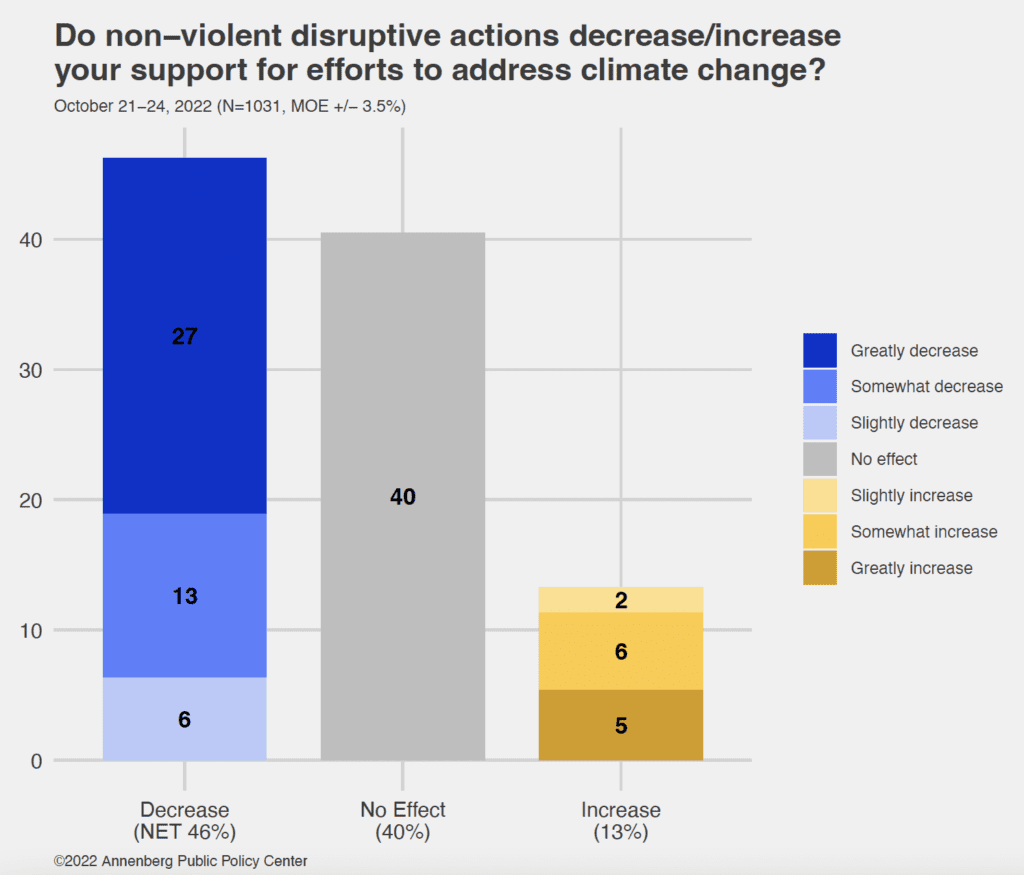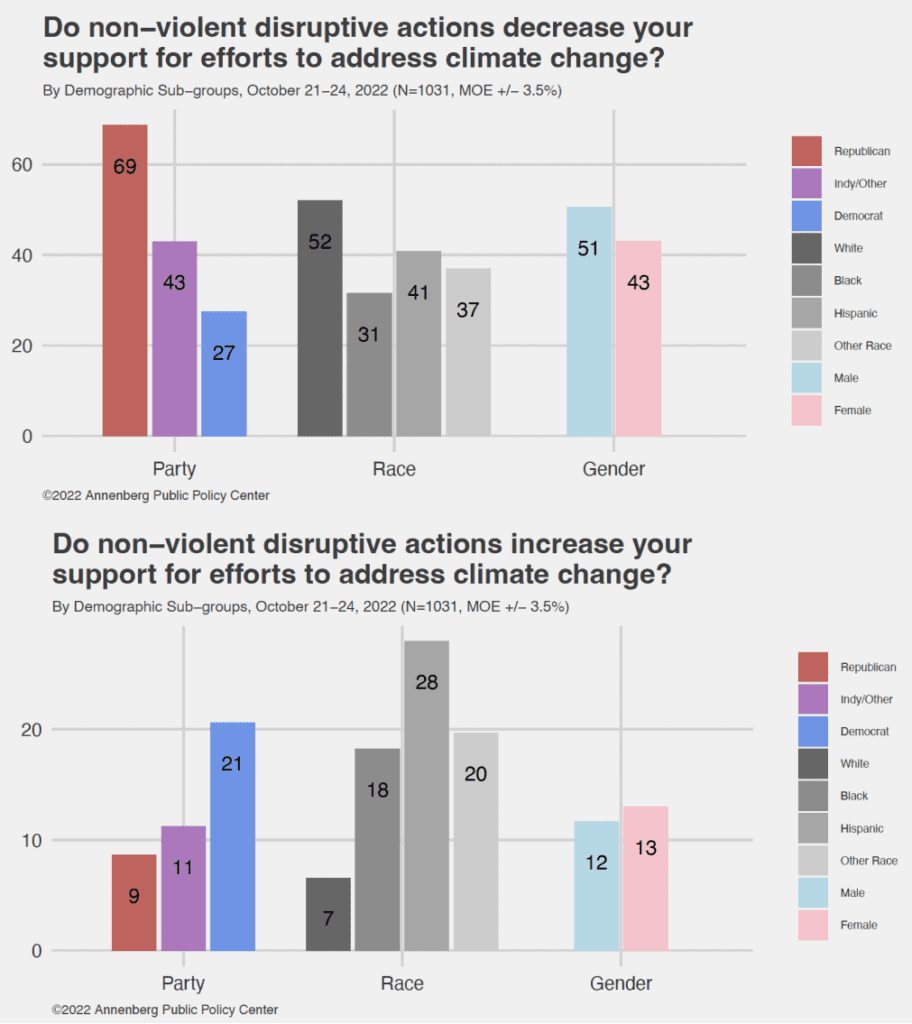In mid-October, a very unusual protest made headlines. Two climate activists threw soup at a Vincent van Gogh painting at the National Gallery in London.
“What is worth more, art or life?” said one of the activists. “Is it worth more than food? More than justice? Are you more concerned about the protection of a painting or the protection of our planet and people?”
For many people looking at it, it was a bizarre thing to do. What does art (or soup) have to do with Climate change? But this was quickly followed by more disruptive activism related to art. Climate protesters in the UK, Italy, and Germany glued themselves to celebrated artworks. In the town of Potsdam, Germany, one group threw mashed potatoes at a painting to protest against the extraction of fossil fuels. The protests also left other climate activists divided: some felt they were a good way to draw attention, others felt like it was distracting and counterproductive.
Now, researchers at the Penn Center for Science, Sustainability, and the Media explored whether this helped or did more harm. In a series of surveys, they found that overall, the public disapproves of these disruptive protests, even when they are nonviolent — and this type of protest makes people less likely to approve of climate action.
Two surveys were carried out, each on around 1,000 people in the US, attempting to answer three questions.
“Over two surveys, we attempt to answer three questions,” write Shawn Patterson Jr. and Michael E. Mann in an article explaining the findings. First, does the public approve of using tactics like shutting down traffic or gluing oneself to Vermeer’s Girl with a Pearl Earing to raise attention to climate change? Second, do these tactics affect public beliefs surrounding human-driven climate change? And third, do the framing of these tactics influence that support?”
The first question set the stage:
To raise awareness of the need to address climate change, some advocates have engaged in disruptive non-violent actions including shutting down morning commuter traffic and damaging pieces of art. Do such actions (decrease) your support for efforts to address climate change, (increase) your support for efforts to address climate change or not affect your support one way or another?
The results showed that around 40% of people were unimpressed by the protests. But more notably, even more people felt that the actions decreased support for efforts to address climate change. The percentage of people who actually felt more urgency to act on climate was much lower.

The researchers also looked at the demographics of the survey results and found significant political differences. It’s perhaps unsurprising that Republicans were more likely than Democrats to report that these efforts decrease their support, but it’s remarkable that across the political spectrum, the net results of these actions are negative. The same goes for racial differences — the net effect was different, but negative throughout.

In the second part of the survey, researchers wanted to see whether this type of nonviolent, disruptive protest affects people’s perception of climate change in general. The differences caused by these protests were so small that they were not statistically relevant, the two scientists found.
“These results suggest that hearing about these protest efforts did not affect respondent’s views on the public health dangers of fossil fuels,” they explain.
The researchers also looked at how framing affects the impact of these protests. For instance, we’ve mentioned until now that the protesters threw food at art — which implies that the art was damaged. However, because valuable artworks are protected in museums, the food mostly just hit glass. So would there be any difference if the activists “damaged” the art, or just “pretended to damage”? The answer seems to be ‘not really’.

Ultimately, though, the public seems largely indifferent to such stunts. Yes, climate change is the largest crisis of the moment — and quite possibly the largest mankind has ever faced; yes, our efforts are largely insufficient; and yes, we’re sleepwalking towards a climate disaster. But throwing food at art doesn’t really seem to do much to help the climate change efforts.
“Overall, the public expresses general disapproval of non-violent, disruptive protests to raise attention to the dangers of climate change. A plurality (46%) report that such efforts decrease their support for their cause,” the researchers conclude.
“However, these efforts have minimal effects on people’s perceptions of the dangers of climate change. Priming these efforts had no effect on people’s belief that human use of fossil fuels creates effects that endanger public health. Moreover, the framing of the actions appears to also have a small impact – respondents did not differentiate “damaging” and “pretending to damage” pieces of art in their appraisal of such actions.”



